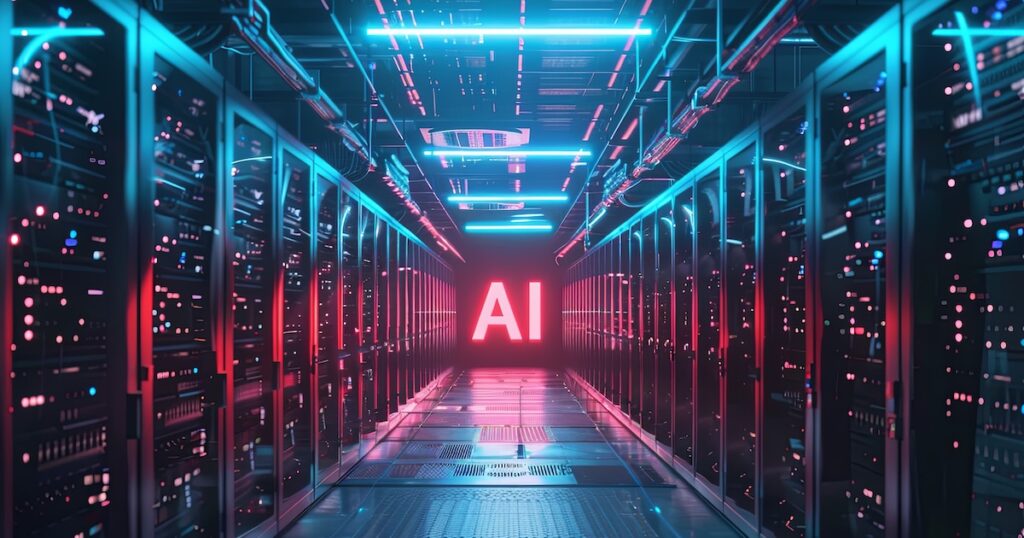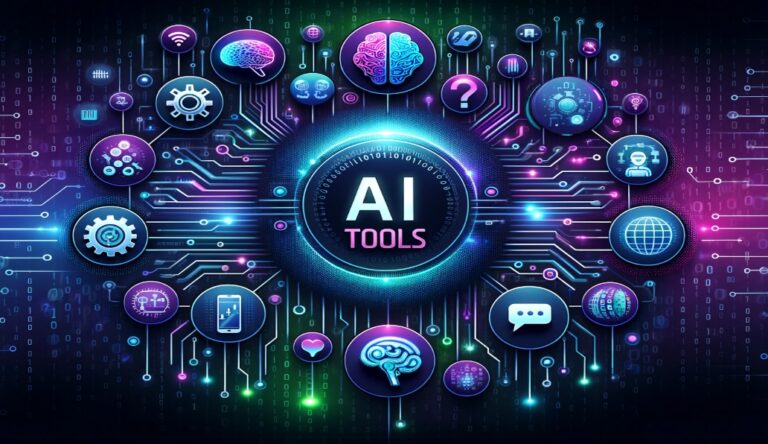AI Data Center Boom: Powering the Future of Computing in 2025

The rapid rise of generative artificial intelligence (AI) and large language models (LLMs) has triggered an unprecedented surge in demand for data center capacity, leading to a global construction boom in AI-ready data centers. Major tech companies are investing heavily to build infrastructure capable of supporting the resource-intensive computational requirements of AI, fundamentally reshaping the digital infrastructure landscape.
In 2025 alone, hyperscale cloud providers such as Alphabet (Google), Microsoft, Meta Platforms, and Amazon are collectively investing over $300 billion to expand AI-focused data center capacity. Alphabet plans $75 billion, Microsoft $80 billion, and Meta $60–65 billion in capital expenditures predominantly for new servers and data centers to support AI workloads. Amazon’s cloud division is anticipated to surpass these figures with around $100 billion in spending, making the AI data center race one of the most expensive infrastructure expansions in the tech industry’s history. These investments are driven largely by the success of AI products like OpenAI’s ChatGPT and others that require massive GPU clusters and advanced accelerators to function efficiently.
Ad Content
This surge is not temporary; market forecasts show sustained growth, with worldwide data center facility investments expected to nearly triple, from $220 billion in 2023 to $587 billion by 2028. Approximately 70% of new data center demand through 2030 will be AI-optimized capacity, growing at an estimated annual rate of 33%. According to McKinsey, global data center capacity demand could more than triple by 2030, with a significant portion dedicated to AI workloads. Meeting this demand within such a short timeframe will require building double the data center capacity deployed over the past 25 years in under seven years, presenting both enormous opportunities and challenges to the construction and technology sectors.
The primary driver of this boom is the computational intensity of generative AI models. Training large AI models with hundreds of billions of parameters consumes vast amounts of electricity, with single training runs sometimes requiring 300 to 1,300 MWh. Moreover, AI inference processes—the deployment of models in products where users interact with them—consume 10 to 100 times more energy than traditional web applications, further escalating energy demand. The urgency to expand AI infrastructure has propelled cloud providers to build high-density data centers capable of supporting these energy-intensive operations at scale.
Geographically, the United States remains the central hub, with Northern Virginia (Ashburn), Silicon Valley, Dallas, and Chicago leading as primary markets. In 2024, US data center capacity surged 34% year-over-year to 6.9 GW, with vacancy rates dropping to 1.9%, indicating nearly full utilization. Concurrently, an additional 6.35 GW was under construction heading into 2025, showing the extent of ongoing growth. Alongside established hubs, new regions are emerging as significant players in the AI data center ecosystem.
This rapid expansion has triggered notable challenges. The vast energy consumption required to power AI data centers is straining national power grids, notably in the US, where the electric grid is aging and facing capacity limits. This has led to concerns about increased electricity costs for residents and environmental impact. Public and private sectors are exploring solutions such as new clean energy sources, nuclear power, and grid modernization to support sustained AI infrastructure growth without compromising environmental and economic stability.
In Asia, countries like Malaysia are seeing their data center hubs grappling with the increasing demand for water and energy to sustain AI operations. AI’s impact on local infrastructure is a growing concern, encouraging investments in power generation and network resiliency alongside regulatory updates to accommodate these technological demands.
In summary, the AI data center boom is a defining feature of the current technological era, driving massive capital expenditure, technological innovation, and infrastructure development worldwide. While this explosive growth signals tremendous opportunities for AI and cloud computing, it simultaneously presents considerable challenges related to energy supply, environmental sustainability, and infrastructure readiness. How the industry and governments navigate these challenges will shape the trajectory of AI’s digital infrastructure for decades to come.
Enjoyed this post?
Subscribe to Evervolve weekly for curated startup signals.
Join Now →







